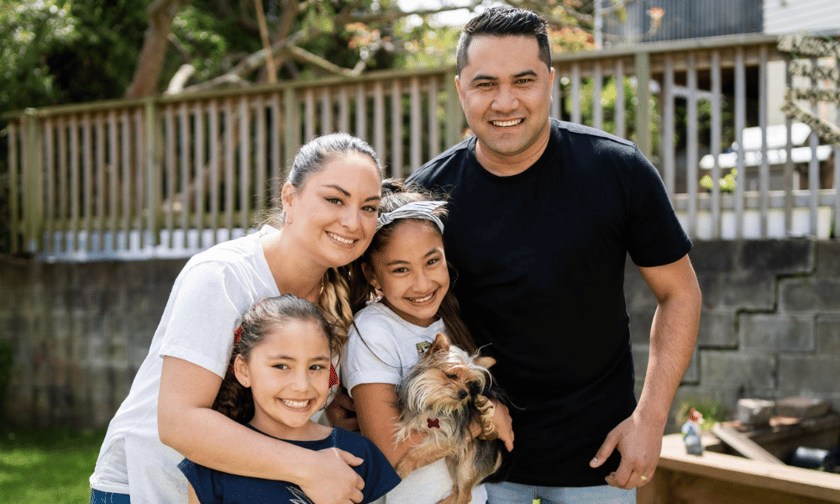

The Natural Hazards Portal has completed its first year, offering insights into how New Zealanders are engaging with natural hazard risks and the steps they are taking to protect their homes.
Created by the Natural Hazards Commission Toka Tū Ake (NHC) – formerly known as the Earthquake Commission (EQC) – the portal has informed over 57,000 users about the impacts of past natural hazards on properties, helping them make informed decisions.
A study by NielsenIQ revealed that 53% of users took proactive steps to increase their resilience after using the portal.
The most common actions included reviewing or purchasing home insurance (30%) and securing heavy furniture to walls (28%). Additional measures involved preparing emergency kits and relocating beds away from windows.
See LinkedIn post here.
NHC head of risk reduction Sarah-Jayne McCurrach, who led the portal’s development, noted that 90% of New Zealand homebuyers now take natural hazards into account when purchasing property, which aligns with the recent survey findings of insurers AMI, State, and NZI, one of the winners for the Best Insurance Companies for Claims in New Zealand.
“We know that more New Zealanders are considering natural hazards when buying a home, and this report suggests they are turning that interest into action when they become homeowners,” she said.
The portal offers detailed information about the history of natural hazards affecting potential or current properties.
Since May 2022, the percentage of people who have taken steps to enhance the safety of their homes has increased by 10%, now reaching 60%.
One of the portal’s key features, the Claims Map, allows users to access information about settled NHC insurance claims on properties. This includes details about the events that caused damage, when these events occurred, and advice on preparing for similar risks in the future.
Raj P (name changed for privacy), a Wellington resident, said he uses the portal to inform his home-buying decisions.
“When I see a property for sale that I’m interested in, I always check first whether the house and surrounding properties have had any NHC claims,” he said.
He commended the tool for providing a quick and accurate understanding of what may have happened to properties in the past.
“Some people might find it scary, but it’s better to know the reality,” he said.
McCurrach pointed out that a history of claims does not necessarily indicate an ongoing problem, as properties may have been strengthened or repaired following an event. She also highlighted that properties without claims could still have experienced damage not covered by NHC insurance.
Looking forward, the NHC plans to expand the portal with new features, such as regional hazard maps for risks like tsunamis, earthquakes, and liquefaction.
Future updates will include more research, data, and modelling to assist New Zealanders in making informed decisions about their natural hazard risks.
“We’re building a future where everyone has access to information about their natural hazard risks at their fingertips, so they can make informed and risk-based decisions about where they chose to live,” McCurrach said.
Despite the portal’s success, a separate NHC-commissioned survey conducted by NielsenIQ identified significant gaps in homeowners’ understanding of their insurance coverage for natural hazards.
Only 33% of insured homeowners expressed confidence in their knowledge of what their policies cover in the event of home damage from natural disasters. Additionally, just 26% were clear about the extent of their coverage for land damage.
In response to these findings, the NHC has launched the Know Your Cover campaign, encouraging homeowners to regularly review their insurance policies, understand the limitations of land coverage, educate themselves about potential natural hazards, and seek professional advice to mitigate risks.
